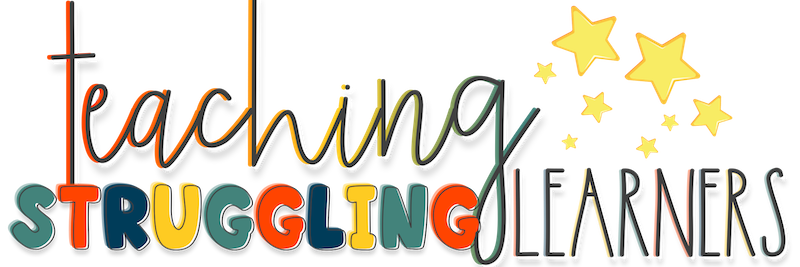The ability to discriminate between the beginning, middle, and ending sounds helps students progress faster in phonics skills.

The fact is, being able to identify the beginning, middle, and ending sound in words is super important when building phonemic awareness and eventually phonics skills….even if we sometimes don’t want to admit it.
I’m going to be honest, this post has made me nervous. I feel very confident in my abilities to teach blending and segmenting sounds. Yeah, the concept just makes me a little uncomfortable.
I think my struggles teaching beginning, middle, and ending sounds has something to do with my dyslexic brain.
I, as an adult, have a hard time discriminating between the sounds in words and picking one that is the same. Teaching beginning sounds, for phonemic awareness is something I’ve done for years. I still don’t feel completely confident though.
I’m getting ahead of myself, I should explain what this skill is. Bear with me, like I said, I’m not as comfortable with this skill so I’m probably going to stumble through this more than usual.
What do you mean beginning, middle, and ending sounds?
- This is the next step up from segmenting phonemes.
- Students should be able to hear 2 words and know if they share the same beginning, middle, or end sound.
- For example, cat and map have the same middle sound. Another example of this skill would be if you gave a student the word hat, could they give you a word with the same beginning sound.
- This skill set has more facets than blending or segmenting.
- It also requires the student to understand the concepts of first, middle, and end. This can be confusing without a visual.

Students missing this skill may have several different skill deficits.
Some students may have a hard time rhyming, or with alliteration for example. Other students may struggle with spelling. They may not differentiate between words in the same word family or with different medial vowel sounds.
How do I work on beginning, middle, and ending sounds?

Because this is a more complicated skill, using visuals is really helpful. Have students start with segmenting a word, then identifying what the beginning, middle, or ending sound is in the word (just picking out one).
When students are comfortable, move on to giving students 2 words and telling you which one has the beginning, middle, or ending sound you call out.
Eventually, you’ll be able to build up to giving students 3 or 4 words and asking them to tell you which word doesn’t have the same beginning, middle, or ending sound. Another option is giving them a word and asking the student to give you a word with the same beginning, middle, or ending sound.
Suggestions on how to progress monitor this?
You know I have suggestions for progress monitoring!
Just as you would with any other skill, make sure you have charts and have made a goal to track. Choose either the beginning, middle, or ending sound to track. Doing all three is just too much!
There are a lot of ways to track, but some easy ways are to say a sound and then 3 or 4 words. As the student to tell you which word has the same sound in the position you are tracking. If you can use pictures to help the students remember the words, that will help you to get a better grasp of their skill ability instead of their ability to hold things in short term memory.
I’ve been working really hard to compile the different assessments that I’ve made over the years into one item to share. Progress monitoring beginning, middle, and ending sounds could take so many different forms, so this has been a real labor of love. You can check out my Beginning, Middle, and Ending Sound Progress Monitoring product on TPT.
Another option, if you want all the progress monitoring is my Phonemic Awareness Progress Monitoring Bundle. This is where I am compiling all of my phonemic awareness progress monitoring probes, so if you don’t want to make your own, check it out!
